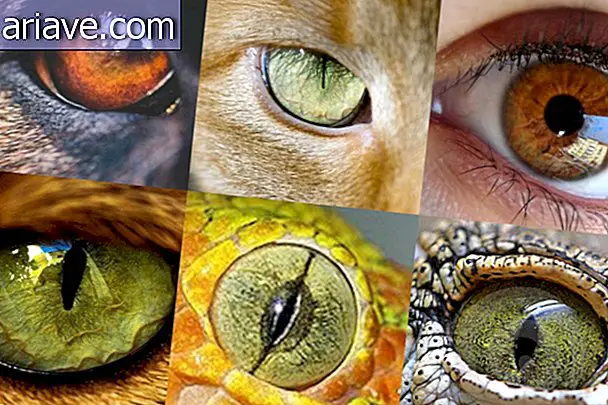Did you see the new images that the Juno space probe captured from Jupiter?
If you're a fan of astronomy, then you might be used to seeing images of Jupiter, the largest planet in the solar system, where its Great Red Spot and the characteristic bands of different colors - formed by the movement of extremely strong winds from the east. to the west by their atmosphere - they appear longitudinally over the gas giant.
For NASA recently released images of Jupiter that show the planet from a different angle - and they are simply spectacular. But before we tell you more details about how the records were captured and what they show exactly, just take a look at the photo:

Talented Probe
According to NASA, the image above shows the South Pole of Jupiter and was recorded by the spacecraft Juno as it traveled 52, 000 kilometers through this turbulent region of the gas giant. It was created from various captures made by the ship's instruments during three different orbits around the planet.
According to the space agency, the captures were combined so that it was possible to show all areas illuminated by sunlight, with their enhanced colors and from a stereographic projection. And did you notice that there are a lot of rounded formations in the image? These structures are huge cyclones - some about a thousand kilometers in diameter!
Juno, as we mentioned here at Mega Curioso, was launched in 2011 and traveled 3 billion kilometers to reach Jupiter - going into orbit around the planet in mid-2016. Since then, in addition to capturing incredible images of the gas giant, The equipment has been collecting data and more data and surprising scientists with their readings.
Among the news that Juno has discovered about Jupiter is that the planet's magnetic field - which is the strongest in the solar system - is much more powerful than astronomers expected. And the storms themselves recorded at the Jupterian South Pole have surprised scientists, as they have yet to understand exactly how they form or if they dissipate over time.
***
Did you know that Curious Mega is also on Instagram? Click here to follow us and stay on top of exclusive curiosities!











